BEST AB EXERCISES | CALISTHENICS TRAINING GUIDE
Getting a six-pack is probably one of the most common goals for anyone who trains. The problem is, people are still out there searching for stuff like “fat-burning ab routine”, without realizing that what really defines your abs is your diet — directly tied to your body fat percentage. Of course, that doesn’t mean you shouldn’t prioritize training your core. In fact, there are endless ab exercises out there, more than you could ever finish. Hypopressive abs, ab wheel rollouts, planks… it feels like there’s a new method popping up every day. That’s why, in this article, I’m gonna break it down and show you the 5 ab exercises I consider the most effective.
1. AB EXERCISE: AB WHEEL ROLLOUTS
If I had to stick with just one ab exercise, it would definitely be ab wheel rollouts (also called ab roller or abwheel). It’s a super complete movement that doesn’t just work your abs, but also hits your upper body and even some of the lower body. Glutes, core, and triceps are the main muscles involved, but you’ll also activate your hip flexors, obliques, and quads (especially if you do them standing). On top of that, doing ab rollouts builds serious midline strength, which improves stability, helps prevent injuries (like knee issues), and reduces lower back pain. That extra stability also carries over to other big movements like squats or planks, where your core is key.
Before going over technique, just a quick tip: if you don’t have an ab wheel (they cost around 10 bucks), you can use a towel or a T-shirt on a smooth surface. Try it out — it might feel a little DIY, but it works… and hey, you’ll clean the floor at the same time.
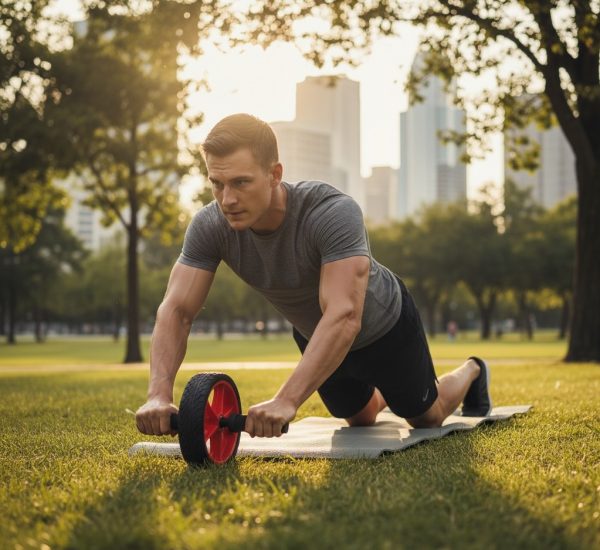
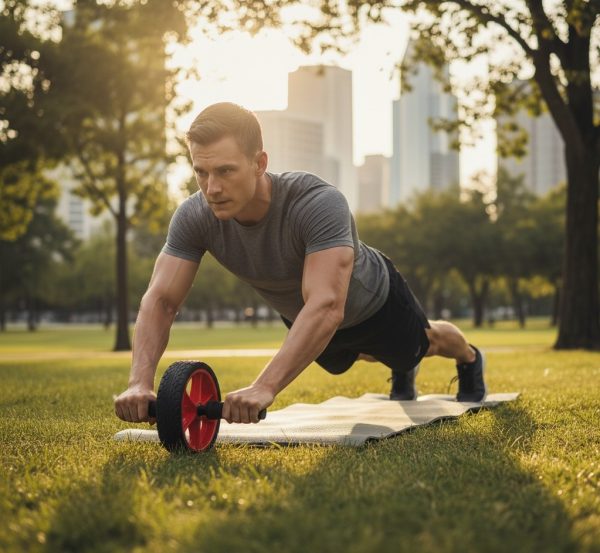
In this exercise, getting your back position right is key. Don’t retract or protract your shoulder blades — just keep them in a natural spot. Once your spine is neutral, make sure to brace your core and squeeze your glutes, so your body stays solid throughout the whole movement. This is a skill with a pretty steep learning curve, so it’s gonna take some time before you can do the full version. To keep improving, I recommend following these steps:
1. Start with sets on your knees.
Focus on keeping proper form and fully extending your arms. If you can’t go all the way yet, just shorten the range of motion until you can.
2. Once you’ve nailed step one, use a fixed point as a stopper when you extend your arms (a wall works great). This time, don’t use your knees — you’ll be standing, bending your legs just like you would in a full rollout. Position yourself at a medium distance so the range of motion isn’t the full extension yet. From there, keep progressing by moving farther and farther from the wall until you can do the complete movement.
3. Over time, you’ll be able to perform a full ab wheel rollout.
At this point, all that’s left is stepping away from the wall (though you can keep it if it makes you feel safer) and doing it free.
This is a pretty unique exercise — as you’ve seen, beginners can start working on it right away, but it can also turn into one of the toughest, most advanced core moves out there. Good luck with it and, most importantly… be patient!
2. AB EXERCISE: PLANK
I put the plank in second place on this list because of its amazing bang for your buck. What I mean is, it’s a super effective move that isn’t all that technically demanding. Pretty much anyone can do it, and that’s why it’s become one of the most popular ab exercises today. Of course, holding it for 15 seconds with just bodyweight isn’t the same as 45 seconds with extra weight. It’s up to you how tough you want to make it — just don’t go much over a minute, because the longer you hold it, the less effective it gets.
When it comes to muscles worked, the plank mainly targets the core, but you’ll also fire up your legs, glutes, and even your arms since they act as stabilizers. Still, the real star here is your midsection.
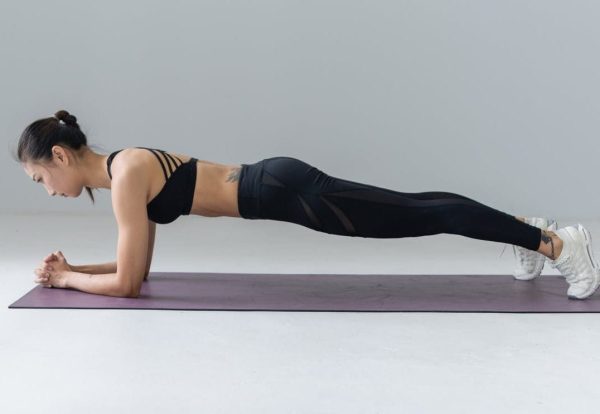
Like I said, it’s a simple exercise, but you still need to focus on setting yourself up right and holding that position. Make sure you check these points:
1. Neck stretched and relaxed. Keep your gaze forward.
2. Arms bent at 90°, acting as your base. Start with your elbows under your shoulders, but you can make it harder by moving them forward.
3. Core, glutes, and quads tight. These are key to holding yourself up and making the exercise effective.
4. Back in a neutral position (natural, without forcing it). If you’re adding weight, make sure it doesn’t mess with your alignment — never put it directly on your lower back.
3. AB EXERCISE: LEG RAISES (ON THE BAR)
A true classic in calisthenics and one of the most complete ab exercises out there. This is the only move on the list that might force you to hit the park if you don’t have a pull-up bar at home (yeah, you can do them on the floor, but honestly it’s not the same thing even if they share the name).
I’m also throwing in a couple of variations here — like knee raises and the famous L-sit — since the basic mechanics are pretty similar, and if you’re learning leg raises, chances are you can already do those as well.
Despite what it looks like, this isn’t just an ab exercise. Leg raises fire up your lats and work as a solid back exercise, while also hitting your forearms and building serious grip strength. And of course, your legs (hip flexors and quads) and obliques get plenty of action too.
Hanging from the bar in a comfortable position, your goal is to bring your feet up to wrist level. That’s basically it. What makes this ab exercise tough comes down to two things: first, it’s not exactly a “natural” movement, so it takes some effort to get your body to do what you’re asking; and second, it takes time to build the coordination needed to crank out multiple reps in a row.
Before going straight into full leg raises, I recommend trying knee raises and the L-sit. With knee raises, you’ll bring your knees up to waist height. With the L-sit, you’ll hold an isometric position with your legs straight out in front of you at waist level. Both will help you get used to the posture and make it easier to pick up leg raises faster.
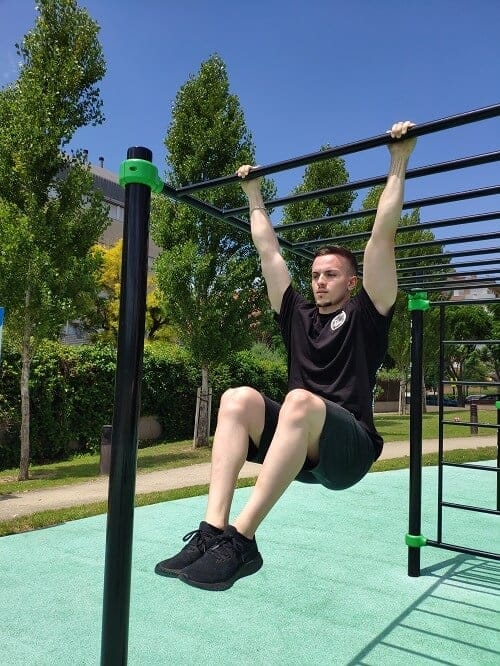
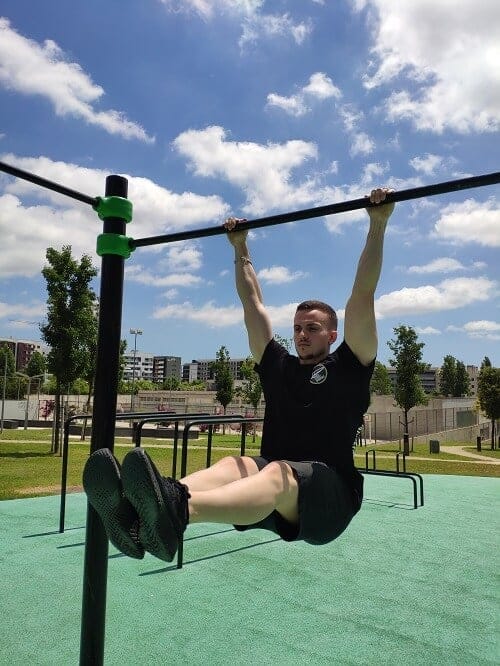
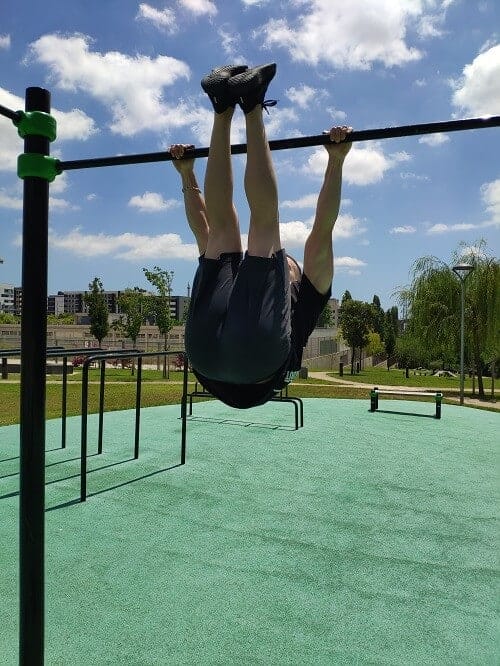
4. AB EXERCISE: DRAGON FLAG
Now, a lot of calisthenics athletes are probably freaking out, wondering why the almighty dragon flag only landed in fourth place. After all, in the calisthenics world it’s a badge of honor to say you can pull this move off with solid technique.
This is honestly one of the toughest ab exercises I know. And let’s be real — calling it just an “ab exercise” would be kind of silly. Because of how much your lats are involved, it’s also one of the staple moves for front lever training.
The reason I ranked it lower is simply because of its difficulty. At the end of the day, I want this list to be as practical as possible for everyone. That said, if you’re already at an intermediate or advanced level, I definitely encourage you to give dragon flags a try and decide for yourself if they’re worth adding to your workouts.
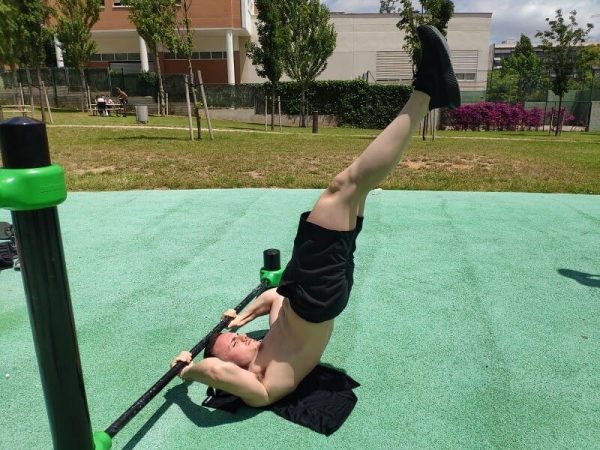
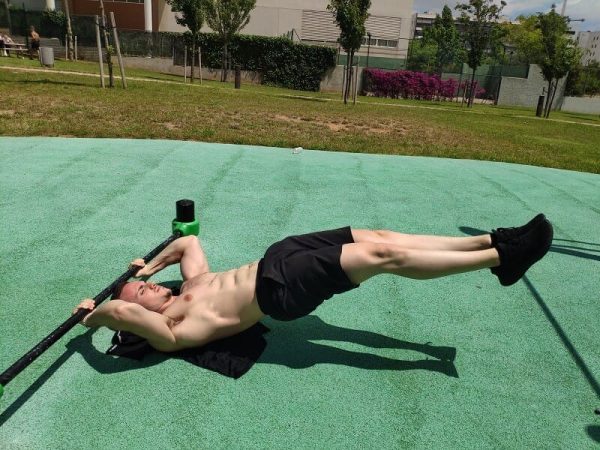
The dragon flag position is pretty delicate. You need to be able to hold yourself in a pike with your weight resting on your traps (not your neck), like you can see in the first picture. From there, you’ll perform a slow negative while keeping your shoulder blades retracted the whole time.
It can be tricky to know exactly when to tuck and start coming back up, but the sweet spot is basically the point shown in the second picture, when your feet are close to the floor. Ideally, you’d go up in the exact same position you lowered, but at first that’s nearly impossible — so bend your knees on the way up.
In fact, at the beginning even the negative itself will feel impossible, so start with the progressions below. Once you’ve mastered one, move on to the next.
5. AB EXERCISE: MOUNTAIN CLIMBERS
Last on the list — but definitely not least — are mountain climbers (or whatever name you prefer). These are abs you can do at home, at the park, or pretty much anywhere since they don’t require any equipment. Along with the plank, they’re one of the best beginner-friendly ab exercises. Plus, if you go at a good pace, they double as solid cardio work.
As for muscles involved, mountain climbers mainly hit your abs and obliques, but they also fire up your legs — quads, hip flexors, and even calves. Because of the position, your delts are also working hard to keep your upper body stable.
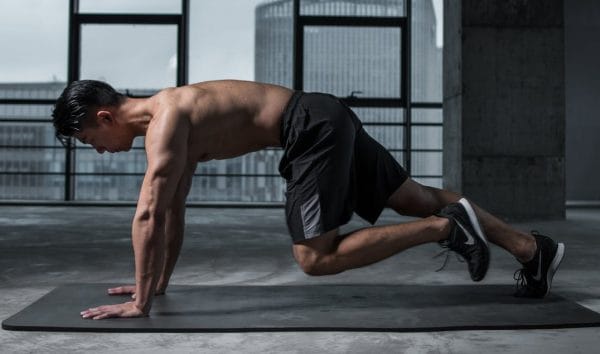
I’ve seen this exercise done in two different ways. Both start from a push-up position, with your arms under your shoulders and your core tight.
1. In the first version, you bring your knees alternately up toward your waist. Some people bring them higher, but that’s not really necessary.
2. In the second version, your knees move diagonally across toward the opposite side of your waist, adding a hip twist. This way, your obliques get more involved.
Both variations are effective and worth doing — so instead of stressing over which one to pick, just throw them both in and keep it fun. ;)
And that wraps up this article on the most effective ab exercises. Like I mentioned at the start, these aren’t “fat-loss” exercises — at least not any more than any other workout. Pair them with a calorie deficit and you’ll start seeing results sooner rather than later.
If you’ve got any questions, drop them in the comments as always. Oh, and no excuses — most of these ab exercises can be done right at home. So… what are you waiting for? Give them a try!
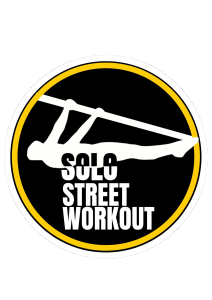
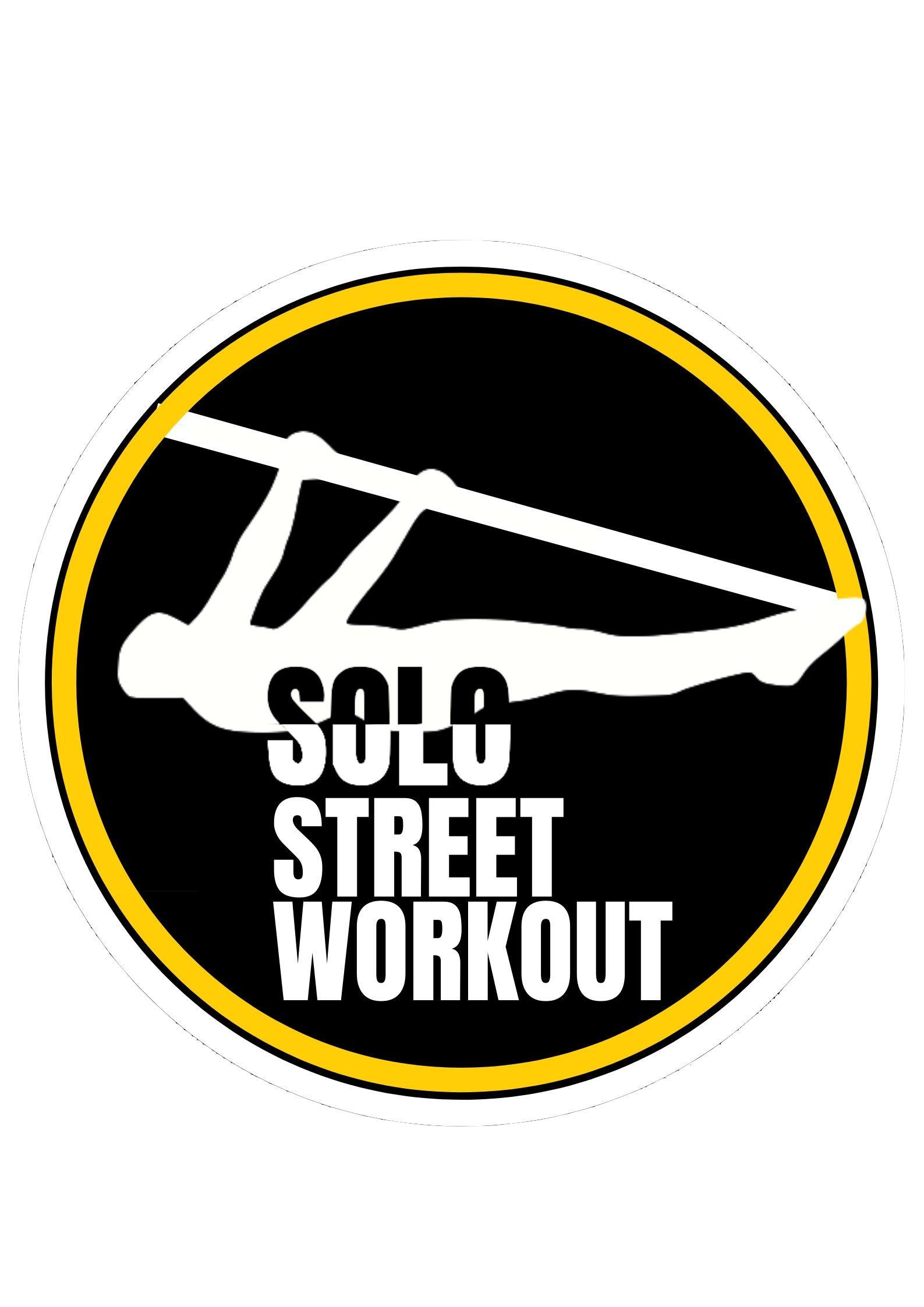
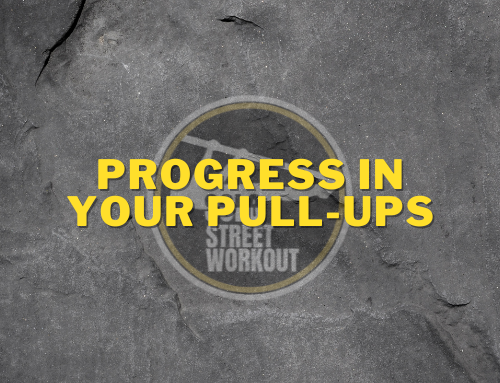
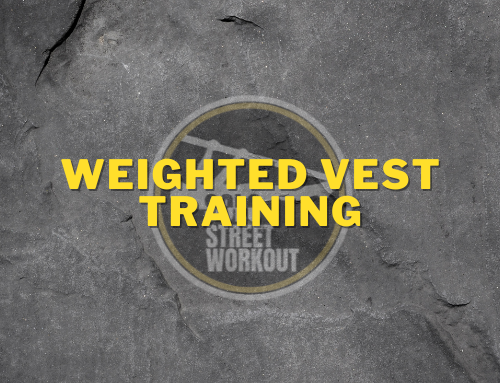



Leave A Comment